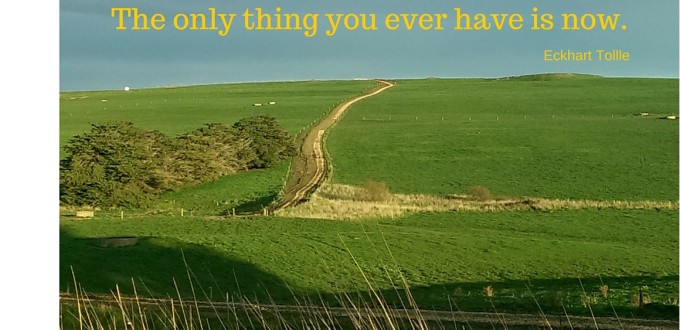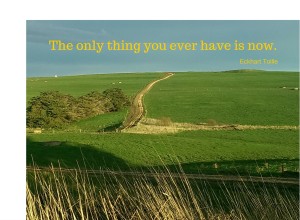Every experience in life can be seen as a heroine’s (hero’s) journey. The challenges the hero faces, the forces of good and evil, the resolution, are similar – often amazingly so – across time, place and culture. Fairy tales, legends, myths, movies, tales of all sorts follow this archetypal storyline: innocent hero answers a call to venture out of their innocence and is initiated into a situation fraught with danger. With the help of allies, hero meets challenge and returns home triumphant.
Keeping in mind that a hero’s journey can happen in an instant (a sudden flash of insight), the hero’s journey occurs over and over again in your life. Understanding the hero’s journey and recognising it playing out in your own life can help you to experience life more fully.
There are six stages in the hero’s journey; each one bestows a gift;
- Innocence
All is well with the world, the hero is relatively naïve and happy. Things are easy, safe or at least comfortably familiar.
Gift: a chance for renewal and a deepening of the lessons of the previous journey. - The Call to Adventure
The Call may come as a crisis demanding immediate resolution or it maybe the subtle ticking of a hidden clock, signalling the need to mature. To answer the call is to take on the challenge, it may be dangerous and there will be no turning back. The hero must take a leap into the unknown. To not answer the call is to retreat back into innocence and safety – there is no hero’s journey.
Gift: you are energised and begin to move. - Initiation
The hero enters the realm of the bottomless pit where secret strengths germinate. It is the experience of not knowing how or if the situation will be resolved. It is a journey of maturation and transformation in which the hero has to develop new strengths or wisdom to survive. There is a sense of giving up, of realization that the situation cannot be dealt with by normal means. It is this surrender that allows the transformation.Gift: your skills are strengthened and your sense of yourself and what you need to do, are sharpened - Allies
At the point of transformation allies appear in the form of people or objects to assist the hero. They represent the deep well of wisdom that the hero has in reserve and learns to tap into at this time. The allies bring a sense of trust that there is a way out of the bottomless pit.
Gift: you get support for your journey. - Breakthrough
A new level of awareness or way of being is attained. This transformation and expression of new abilities enables the hero to escape the bottomless pit to the new world. An “Ah Ha” experience.
Gift: you re-enter the world with new abilities. - Celebration
The journey ends with the return of the hero, bringing gifts or wisdom back to those who’ve remained. The hero is a wiser and deeper person. The successful hero’s journey benefits many people not just the hero. A new status quo is reached at a higher or richer level paving the way for the next hero’s journey.
Gift: celebration generates joy and instils practices that can help you as you undertake your next journey
Adapted from:
“The Highest Goal” by Michael Ray
“The Path of the Everyday Hero” by Lorna Catford and Michael Ray
Developed from the work of Joseph Campbell:
“Whether small or great, and no matter what the stage or grade of life, the call rings up the curtain, always, on a mystery of transfiguration – a rite, or moment, or spiritual passage, which, when complete, amounts to a dying and a birth. The familiar life horizon has been outgrown; the old concepts, ideals, and emotional patterns no longer fit; the time for passing of a threshold is at hand.”





